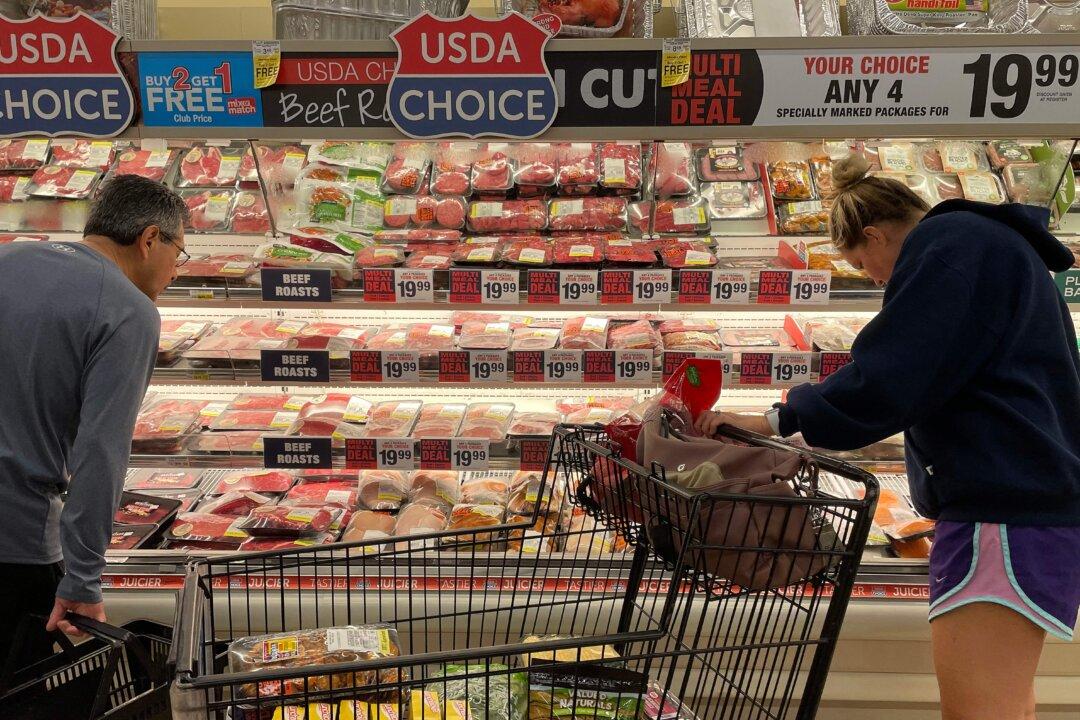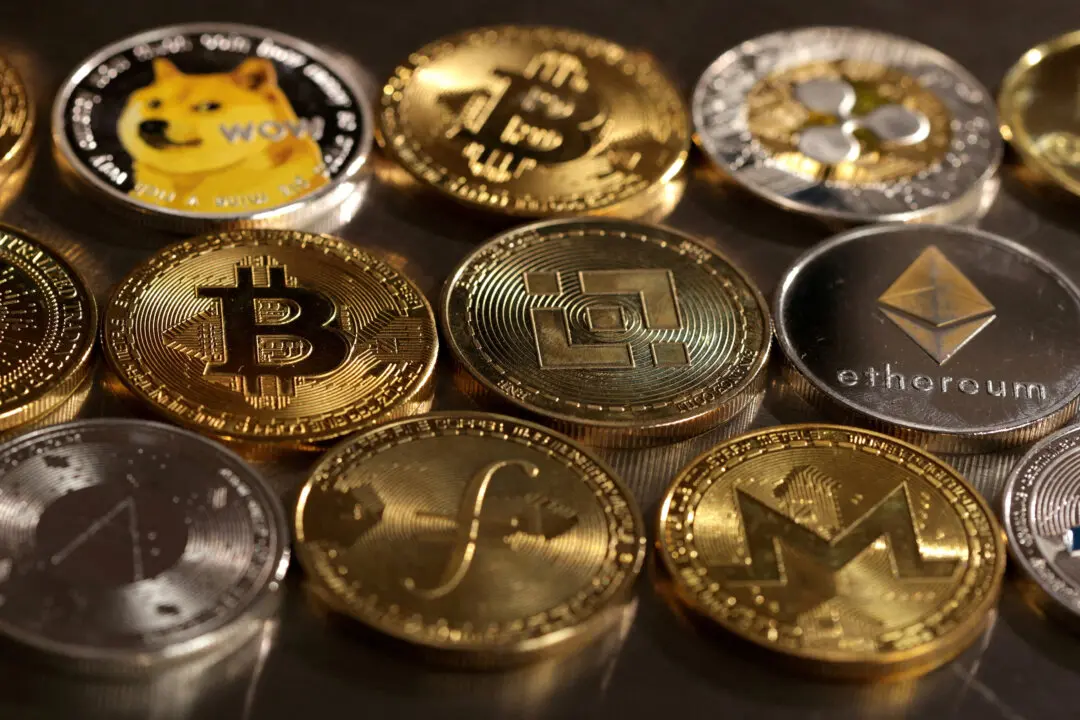Commentary
Beef eaters got some good news over the past several days. Prices are starting to relax a bit for the higher-end cuts. They had become so unaffordable over the past six months that even the most devoted fans of New York strip and fancy filets switched to cheaper roasts and ground beef to satisfy their cravings.





